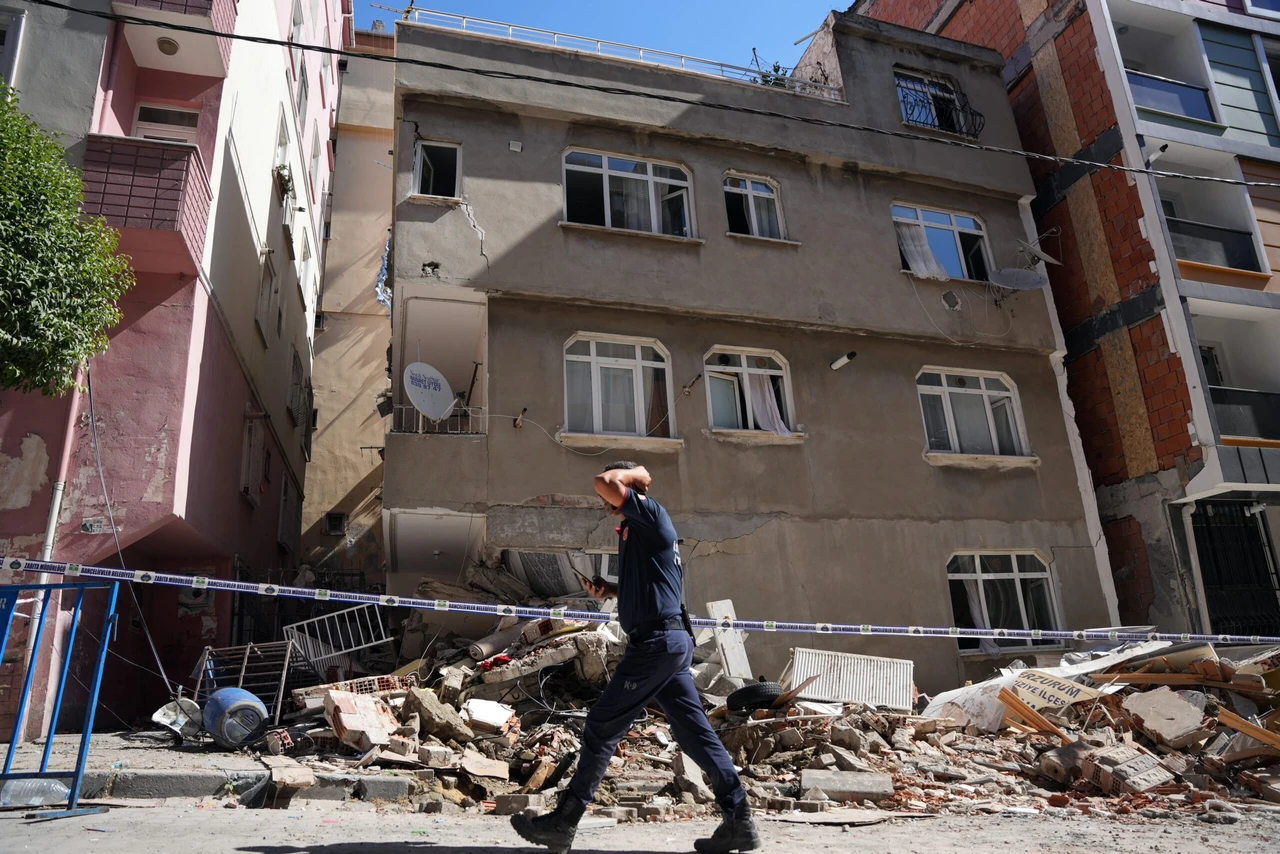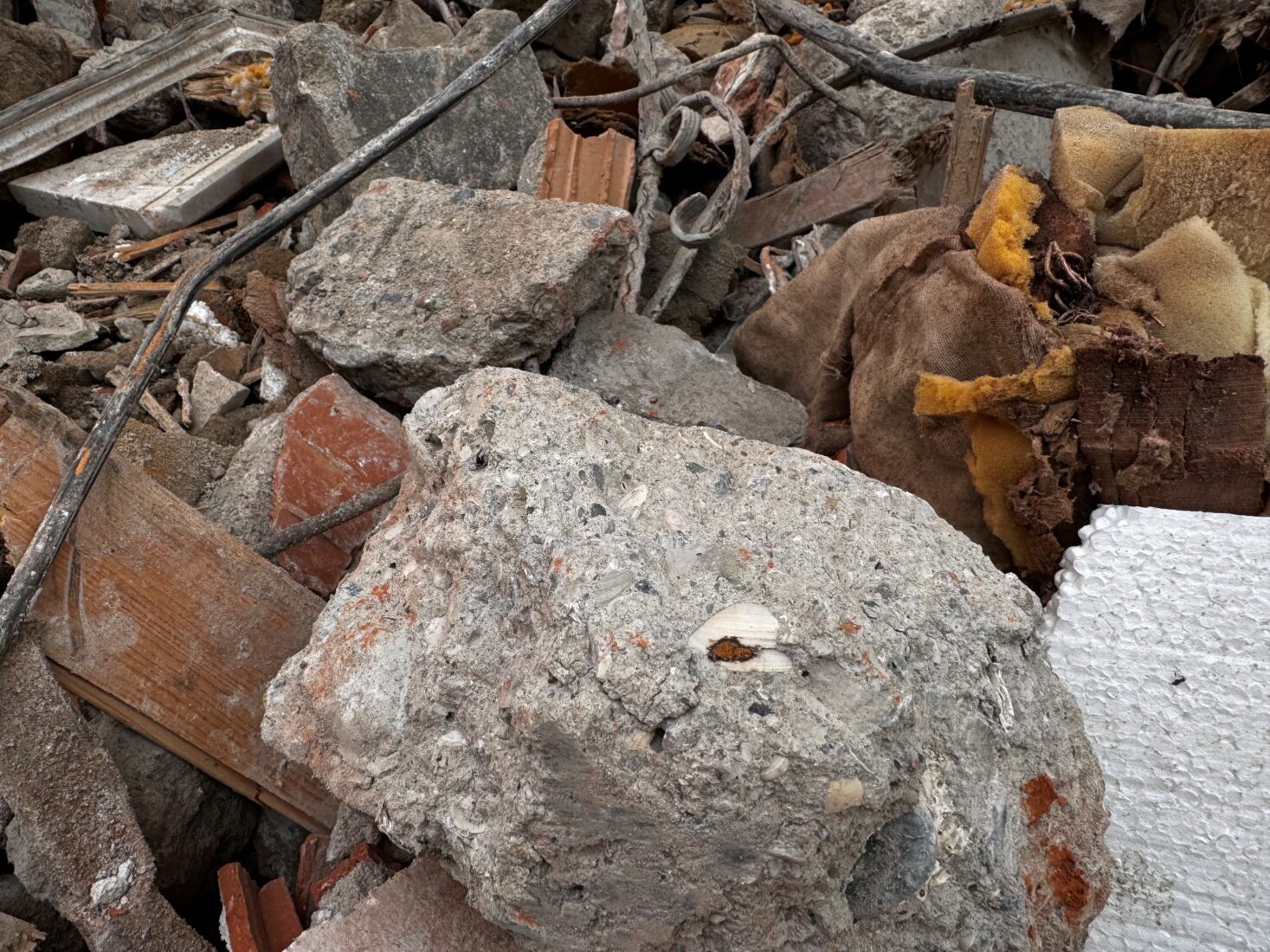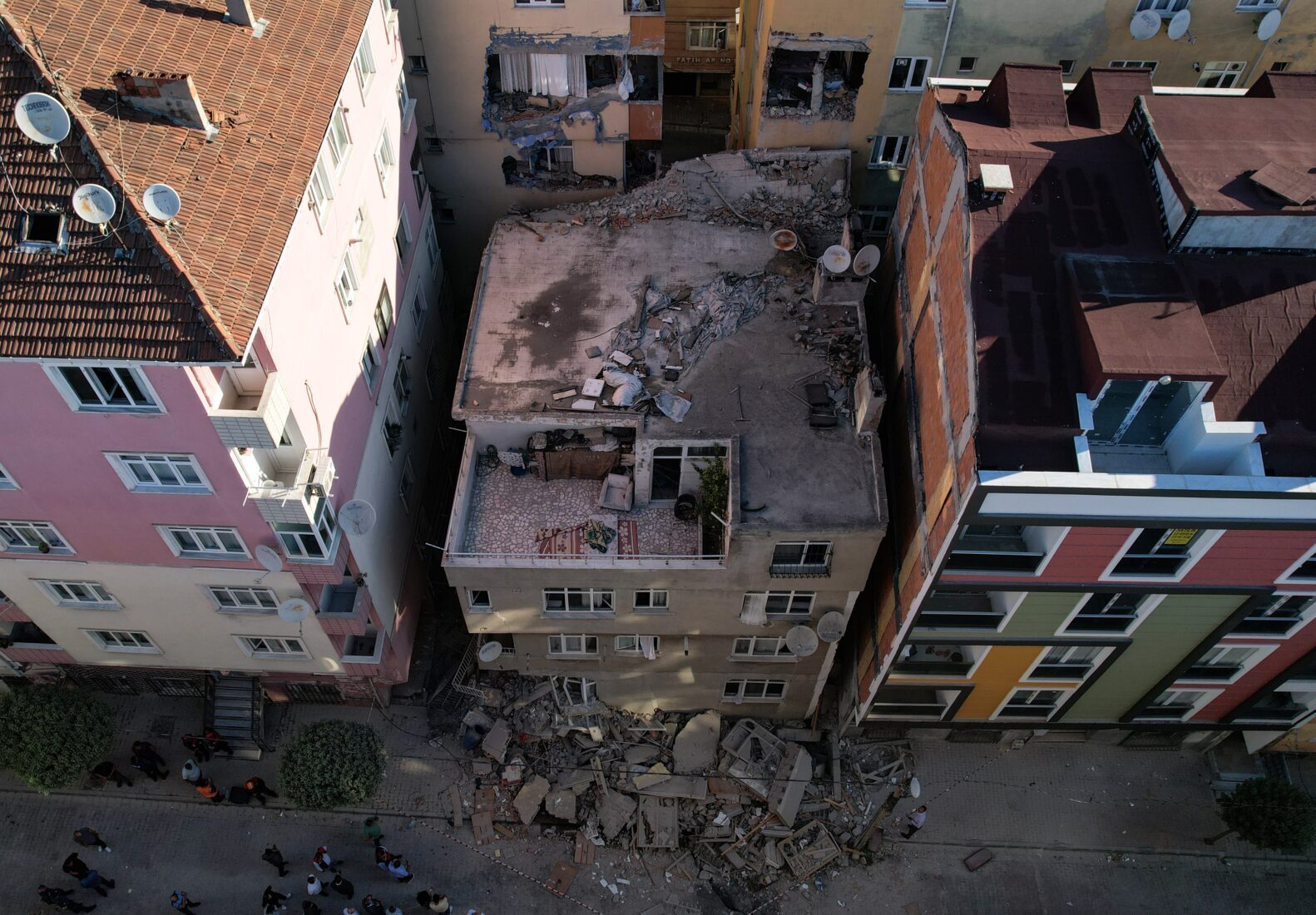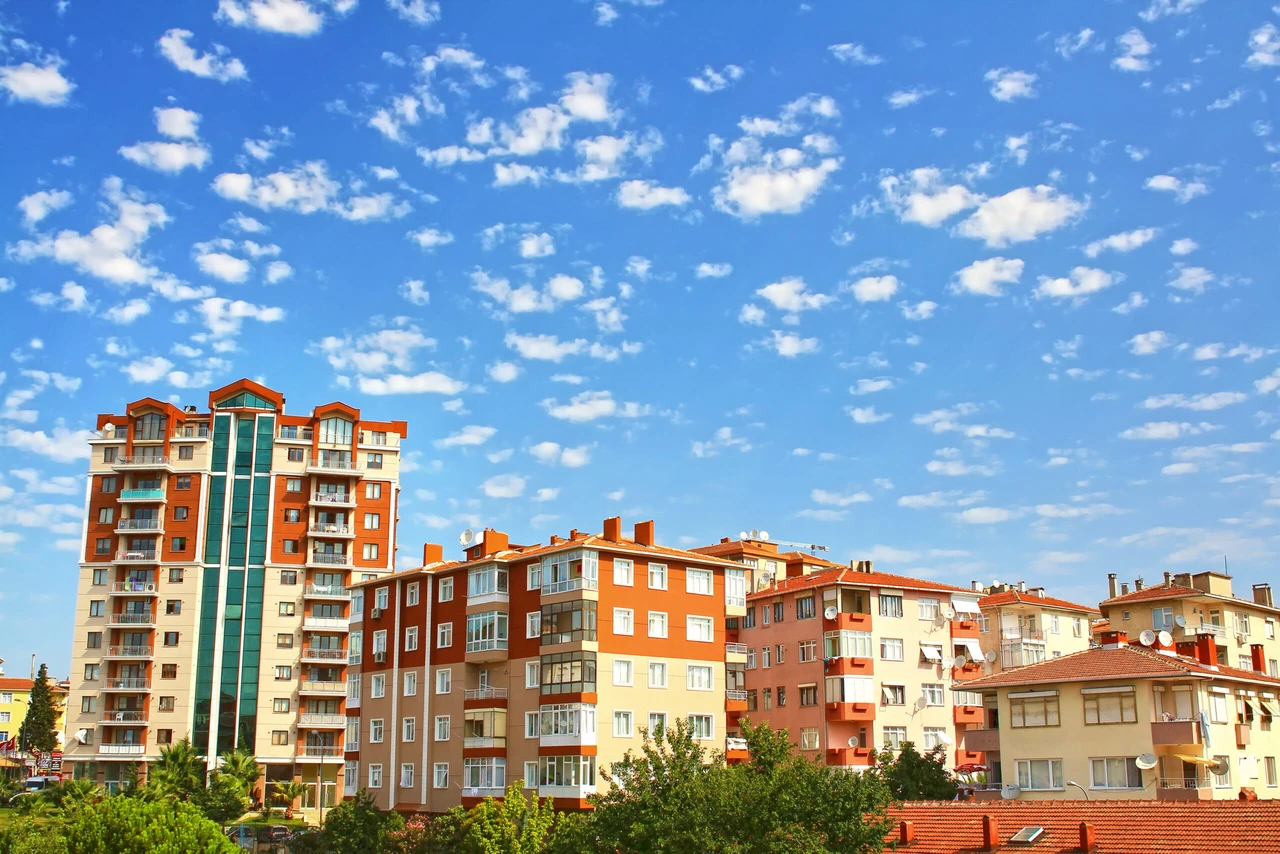100,000 buildings risk immediate collapse in Istanbul, municipality warns
 Partial collapse of a 4-story building in Bahcelievler, Istanbul, Türkiye, June 27, 2024. (IHA Photo)
Partial collapse of a 4-story building in Bahcelievler, Istanbul, Türkiye, June 27, 2024. (IHA Photo)
More than 100,000 buildings in Istanbul are at risk of imminent collapse, according to Ali Kurt, head of Istanbul Metropolitan Municipality’s Urban Planning Group.
Speaking live on Türkiye’s Sozcu TV on Feb. 18, Kurt highlighted the alarming state of the city’s aging structures, many of which were built before the year 2000.
Murat Kurum, Minister of Environment, Urbanization, and Climate Change, recently made a similar statement, saying, “Istanbul is not prepared for an earthquake; 600,000 buildings are at risk of collapse.”

Looming earthquake threat for Istanbul
Recent building collapses in Istanbul have heightened concerns about the city’s structural integrity. With Türkiye’s seismic activity and the ever-present fear of a major Istanbul earthquake, experts warn that urgent action is needed to prevent catastrophic losses.
Poor construction practices, including unauthorized floor additions and the use of low-quality materials such as sea sand, have exacerbated structural weaknesses.
Kurt stated that 70% of Istanbul’s building stock is at risk, emphasizing that structures built before 2000 are particularly vulnerable.
The city’s building regulations improved after the 1999 Marmara Earthquake, but many older buildings remain unreinforced and fragile.

Construction flaws, unsafe materials
“In Istanbul, any structure built before 2000 is potentially hazardous because of inadequate engineering oversight and the use of substandard construction materials,” Kurt warned. “During demolition, we frequently find shells and other inappropriate materials embedded in concrete, making these buildings incredibly unsafe.”
Comparing Istanbul’s situation to Hatay, where relatively newer buildings collapsed in the devastating 2023 earthquake, Kurt noted that Istanbul’s outdated construction methods put millions at risk.
800,000 buildings under scrutiny
Murat Yun, city planner and head of Istanbul Metropolitan Municipality’s Earthquake Risk Management and Urban Improvement Department, echoed these concerns. Speaking to Türkiye Today, Yun stressed the need for a coordinated approach to assess the city’s structural safety.
“There are 800,000 buildings in Istanbul that require thorough inspection. We anticipate significant damage to at least 200,000 of them in the event of a major earthquake. These buildings house over one million independent units, where approximately three million people live,” Yun stated.

Despite the enactment of Law No. 6306, known as the Transformation Law, in 2012 to address high-risk areas, thousands of unsafe buildings remain. “In 2024, there are still 86,000 officially classified risky structures, underscoring the urgent need for accelerated urban renewal efforts,” Yun added.
The continued existence of tens of thousands of vulnerable buildings across Istanbul highlights the pressing need for stricter regulations, comprehensive inspections and large-scale renovation projects.
With millions of lives at stake, experts urge swift action to reinforce Istanbul’s urban landscape before disaster strikes.



